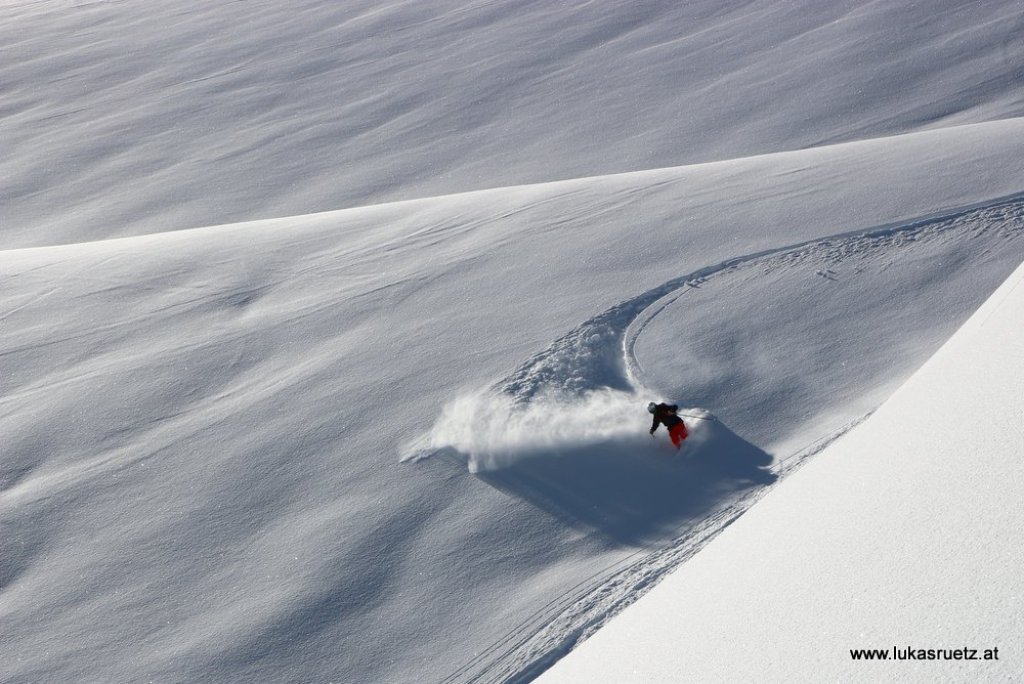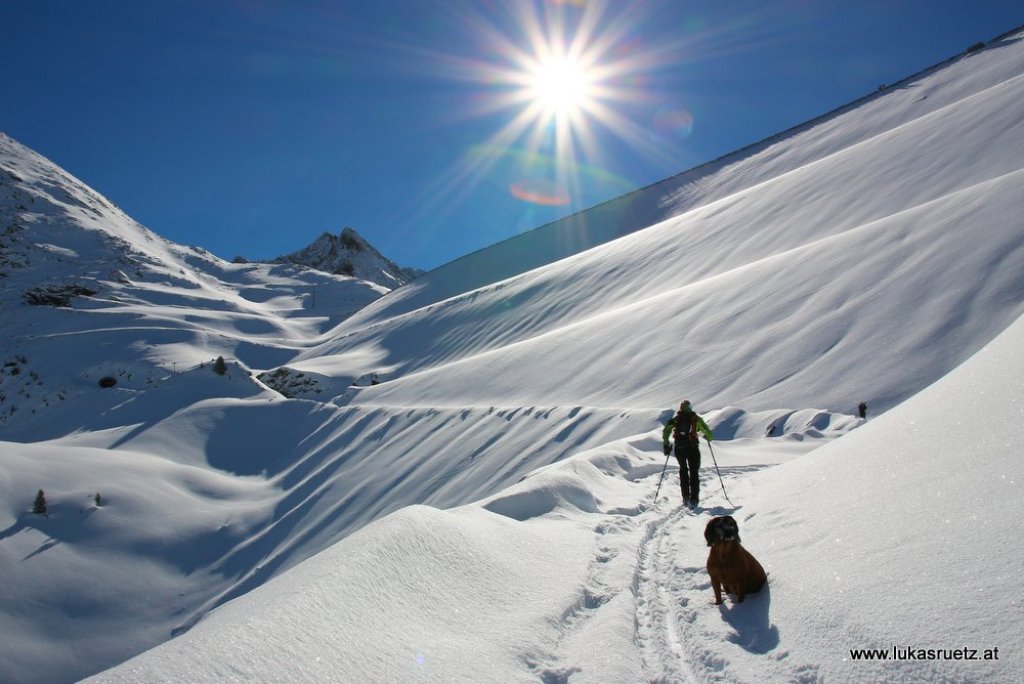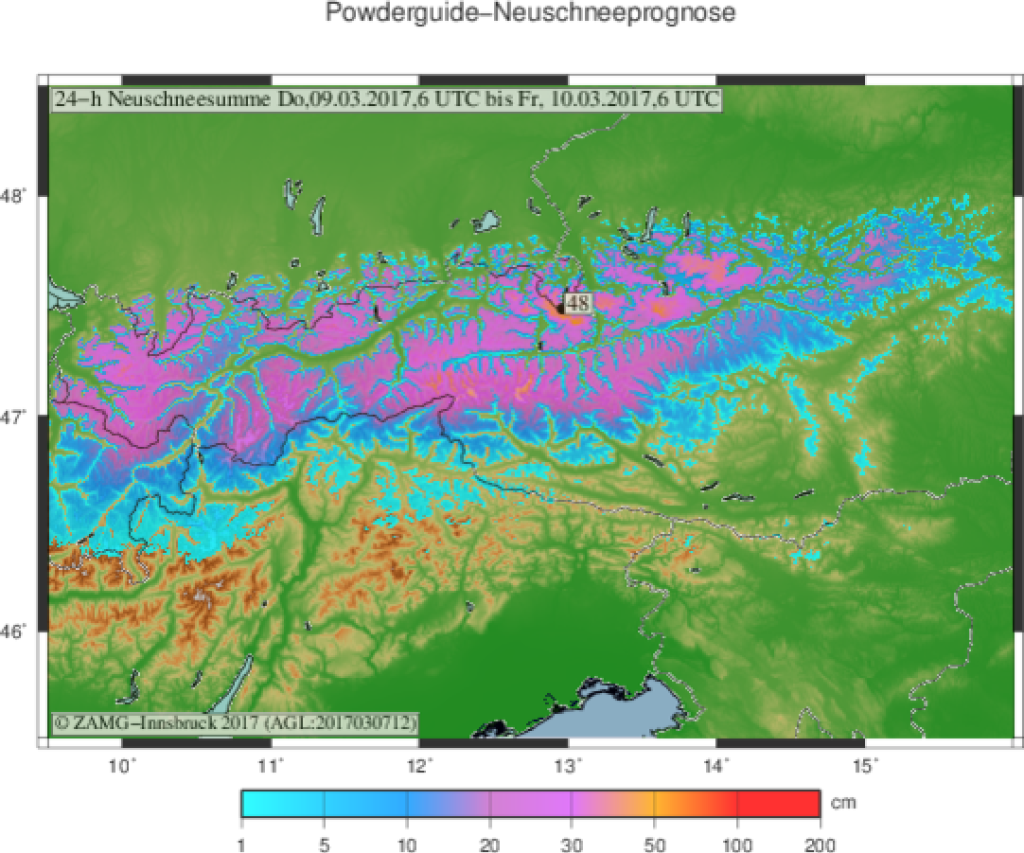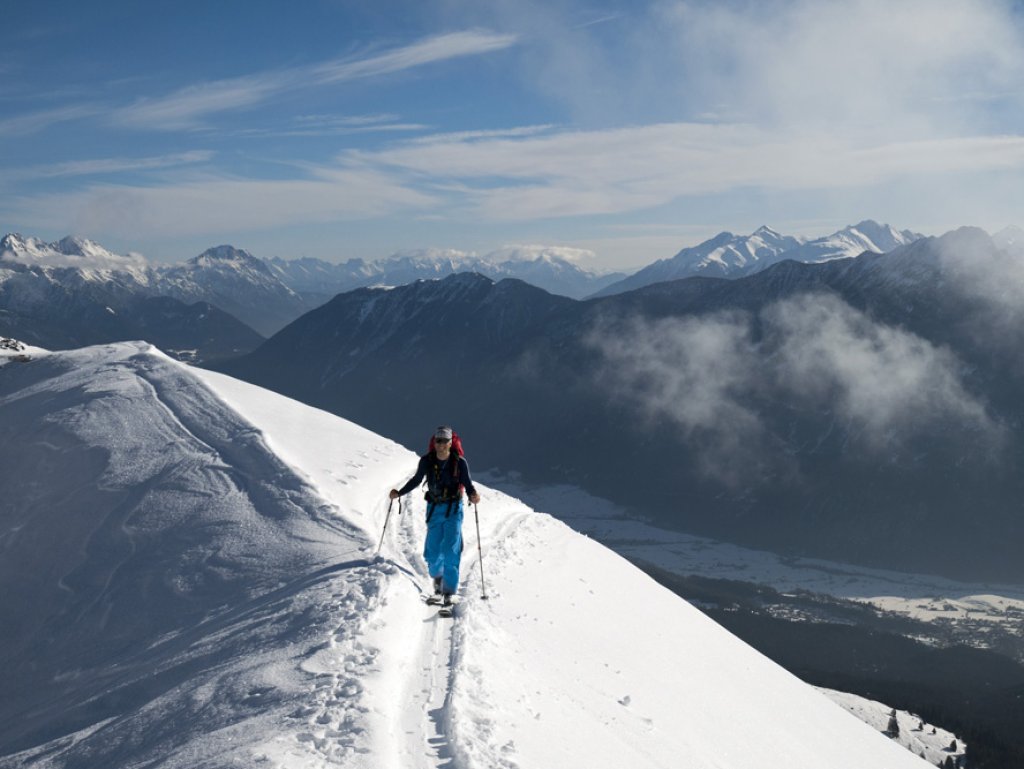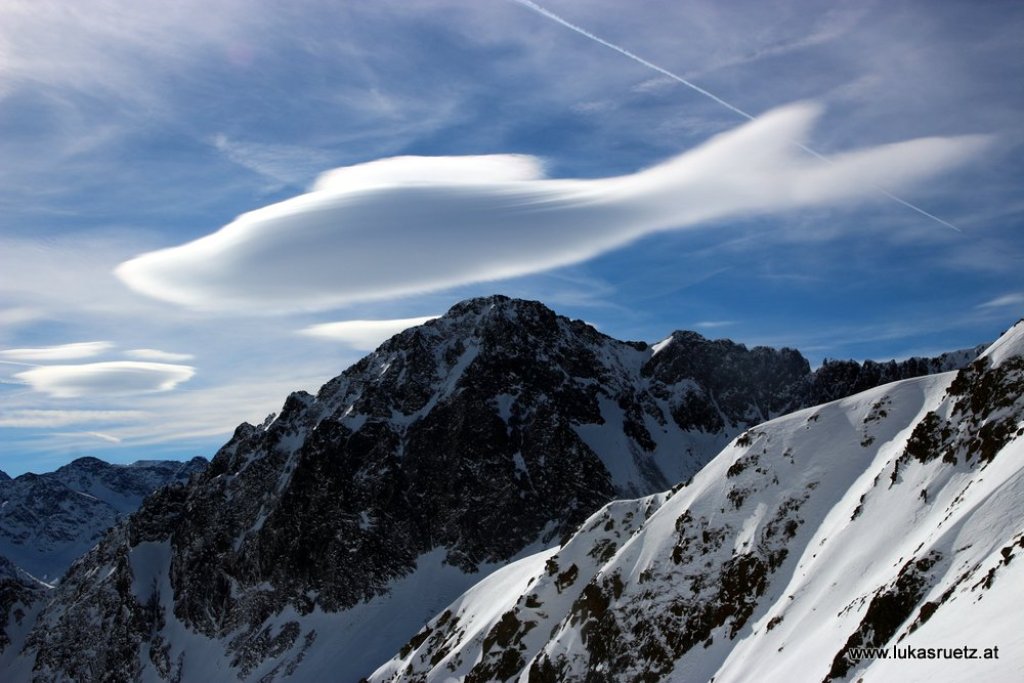Wonderland, Utopia, Oz, Valhalla
Wikipedia: "A fictional universe is a fictional reality that differs from reality to a greater or lesser extent. [...] where laws of nature are suspended." The powder world of the internet is partly such a fiction, according to the snowstormer. Especially when you scroll through your Facebook or Instagram feed. The more emotion is conveyed by the images, the more likely they are to be clicked on and, above all, given likes, hearts or amazed smileys and thus spread further. It's all about emotions, whether positively or negatively associated: the more beautiful the powder, the more likes and the bigger the avalanche, the more likes.
The reality, which only very rarely brings both cases to light, i.e. usually provides medium to poor snow quality with "medium" avalanche danger, receives little attention. And rightly so: most people are no longer interested in what they are used to. As with many long-standing relationships - and many of us Ullr disciples have one with snow and skiing. If there were always huge avalanches or perfect powder conditions, it would probably be the same "Ohhhhhh" effect if safe conditions with widespread broken snow were to prevail.
As with the snowball effect, the greater number of likes for extraordinary things means that only the most "extraordinary events" are posted - because everyone wants to see them. However, hardly anyone is aware that the reality that is usually present is already extraordinary in itself - if you look closely. Every situation, every swing, every tour is unique with special conditions and is interesting in itself. However, this requires the ability to read, some interest in nature and a little more time than for purely emotional content.
